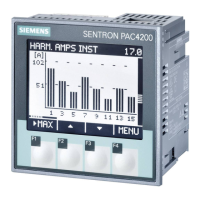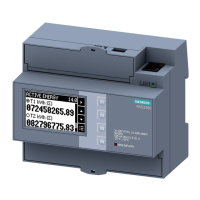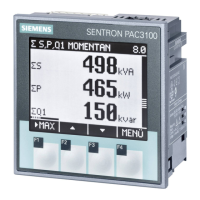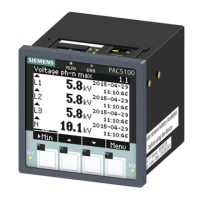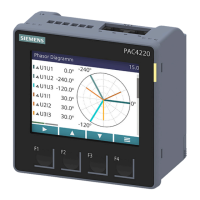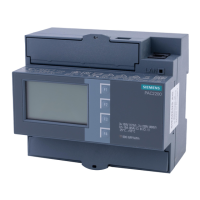Connection
4.1 Safety instructions
PAC1020
28 Equipment Manual, 05/2020, L1V30610008B-01
Permissible nominal voltage and tolerance for each of the connection types
Line supply systems and nominal voltages
wire systems
a)
with grounded
neutral conductor
TT system
TN-C-S system
wire systems
a)
with ungrounded
neutral conductor
(IT systems)
b, c)
wire systems
ungrounded
wire systems
with grounded
phase
wire systems
AC or DC
phase three-wire)
systems
a)
AC or DC
The two voltage values that are separated by a forward slash (/) stand for the phase-to-neutral (or line-to-neutral) volt-
age, followed by the voltage between the phases (or line-to-line). For example, "230 / 400" means that the voltage be-
tween any phase and the neutral conductor is 230 V and the voltage between any phase and another phase is 400 V.
Similarly, "230 / 460" means that the voltage between each phase and the neutral conductor is 230 V and the voltage be-
tween the two phases is 460 V.
Z is an impedance (usually 1500 Ω) that can be connected between the neutral conductor and ground.
If the insulation is monitored, the neutral conductor is considered to be grounded.
Excerpt from DIN EN 61010-1 (VDE 0411-1): 2020-03

